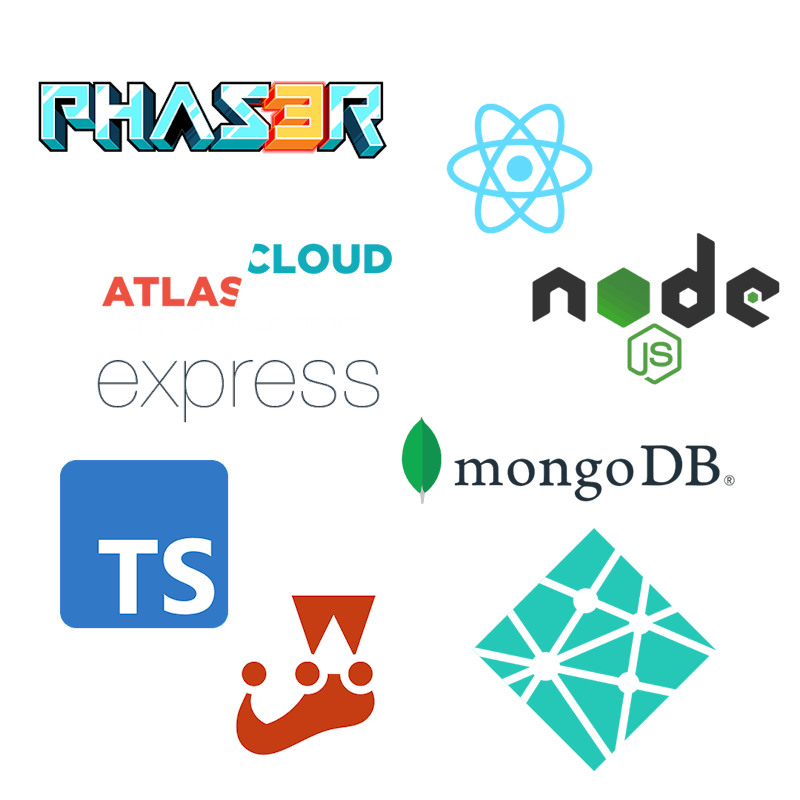Team BLOPSpresentEuroLingo

EuroLingo Demo Video
Europe Under One Roof
We, Team BLOPS, started with a simple idea: create a fun game that could help people learn languages. That’s when we decided on EuroLingo. It was our first time working with Phaser, TypeScript and MongoDB, and honestly, we had no idea how much we were about to learn. From the start, we dove into the documentation, tutorials, and a lot of trial, error and of course... merge conflicts! Users can move around, interact with NPCs and learn languages doing tasks whilst familiarising themselves with cultural music from each country. There is user progression and additional areas of the map to unlock with extra tasks available, giving users access to a vast amount of vocabulary should they want to deepen their learning further.
The Team

Oksana Herasymenko

Sabrina Fraschetti

Peter Austin

Lewis Taylor

Burhan Anjum
Technologies

We used Phaser, React, JavaScript, TypeScript, MongoDB, Netlify, Render, HTML, CSS, Atlas, Express, Node.js, Jest, Supertest.
Phaser was suited our 2D game model. TypeScript complimented our backend structure, ensuring code quality and scalability. React, HTML and CSS bound everything together to create an aesthetic user experience. We used TDD to create a robust backend to support and supply our frontend with data that is reliably retrieved. MongoDB was used to compliment the way we wanted to store our data and it was a lot more flexible to use instead of SQL.
Challenges Faced
Reading new documentation, sorting out merge conflicts, working out how to do the collisions and the best way to proceed in implementing them.